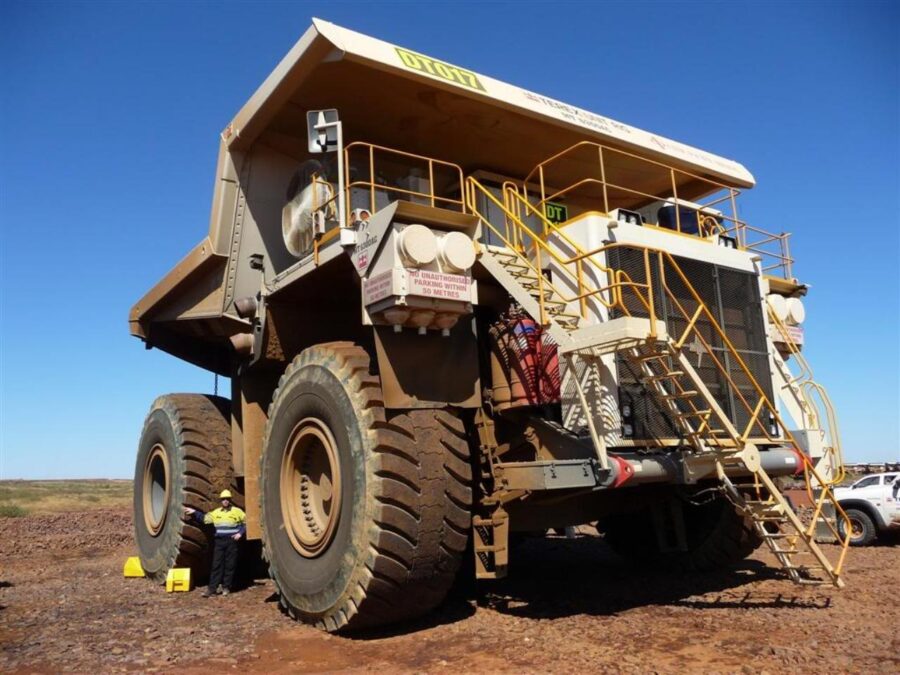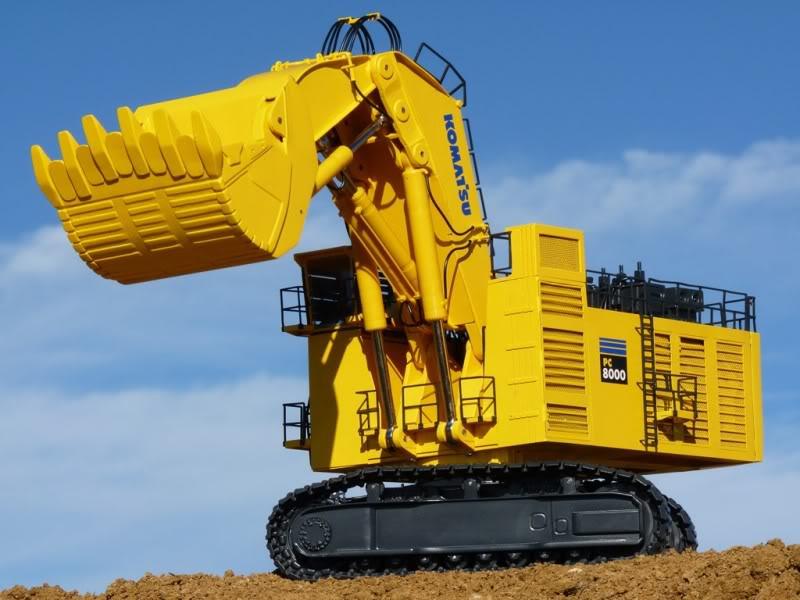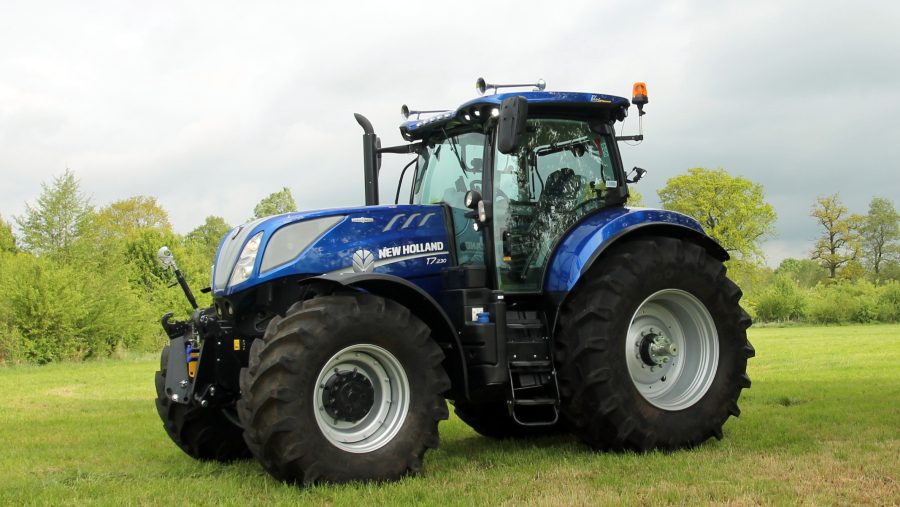In the construction world, few machines work as hard—or cost as much—as an excavator. From digging foundations to handling demolition, it’s a machine built for heavy lifting and constant motion. But like any high-performance equipment, its durability doesn’t just depend on build quality. The key to long-term reliability lies in how well it’s maintained. Preventive maintenance is not just about changing oil or checking filters—it’s about creating habits and systems that protect your machine every day it operates.
Daily Habits and Routine Observation
Preventive care begins before the engine is even started. A skilled operator knows that the first inspection starts with the eyes and ears. Walking around the machine at the beginning of the day may reveal things a dashboard warning light can’t—leaking fluid at a hose joint, a track slightly out of alignment, or dirt buildup near the radiator that might cause overheating later. These observations, although simple, are powerful when done regularly.
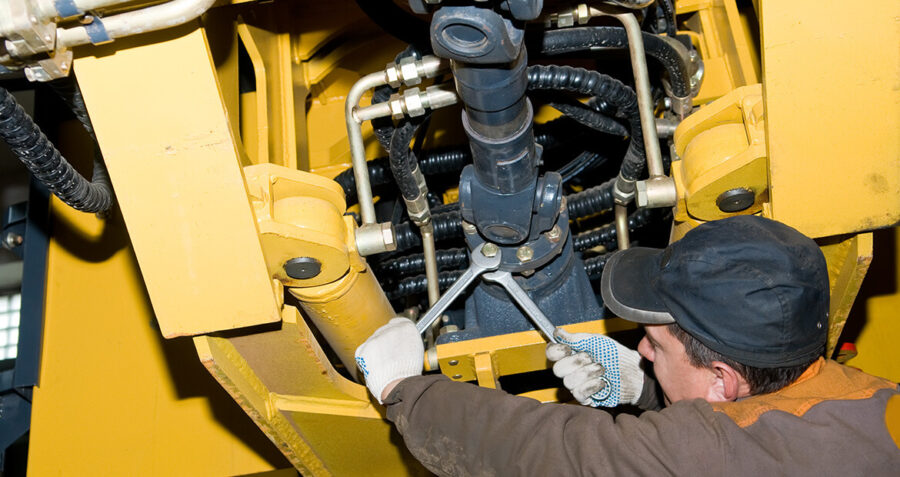
Once inside the cab, attention shifts to how the excavator responds. How smoothly does it start? Are there any warning lights, odd vibrations, or unusual noises during warm-up? Even the way the controls feel can hint at early issues—stiffness, sluggish hydraulics, or delayed response time. These are not problems to ignore or postpone; they are early signs that allow issues to be addressed before failure occurs.
The point is not to memorize a checklist, but to develop a rhythm. When observation becomes routine, the machine starts to speak. You begin to sense when something’s off, and you catch small issues before they become major ones. This is the foundation of preventive maintenance: awareness, consistency, and attention to detail.
Scheduled Maintenance Tasks and Service Intervals
While daily checks help prevent immediate failures, scheduled maintenance forms the backbone of long-term excavator care. These services are based on operating hours, not calendar days, because usage intensity—not time—determines wear on components. Ignoring these intervals can lead to performance loss, component failure, or even complete system breakdown.
Manufacturers typically divide maintenance tasks into categories depending on how many hours the machine has run. Sticking to these intervals not only ensures the machine performs at its best, but also helps maintain fuel efficiency, reduce emissions, and protect warranties. Here’s how a standard maintenance schedule might look:
Every 250–500 hours:
- Change engine oil and oil filters to prevent sludge buildup and wear.
- Lubricate all pins, bushings, and moving joints to reduce friction and heat.
- Check and clean the air intake system to ensure proper airflow and engine health.
Every 1,000 hours:
- Replace hydraulic fluid and all associated filters. Contaminated fluid is one of the leading causes of hydraulic system failure.
- Check and adjust the coolant system. Overheating often starts with unnoticed coolant loss or poor circulation.
- Inspect and service the undercarriage more thoroughly, especially if the machine operates in rocky or muddy terrain.
Every 2,000–3,000 hours:
- Flush and refill the entire coolant system. Additives break down over time and lose their protective qualities.
- Replace fuel filters and inspect the fuel injection system to maintain combustion efficiency.
- Perform full diagnostics on the engine control unit (ECU) and electronic systems to catch error codes or minor issues before they escalate.
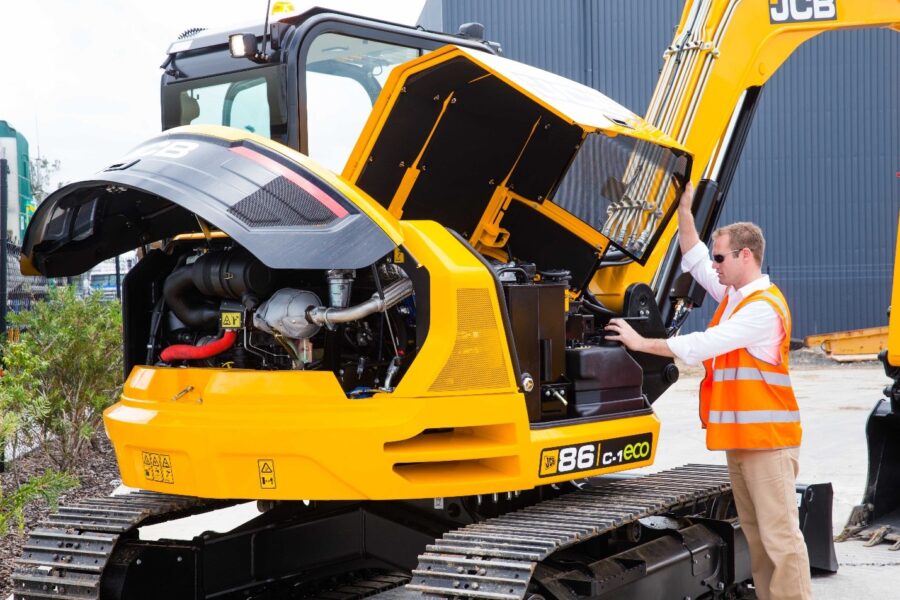
Each machine model may have unique requirements, and environmental factors—like climate or terrain—can also influence how often certain tasks are needed. That’s why it’s critical to keep a service log and follow OEM maintenance manuals closely.
When these intervals are respected, machines tend to run more smoothly, break down less frequently, and experience less internal stress over time. Proper scheduling also allows maintenance to be done in a controlled environment, reducing the need for emergency repairs on the job site.
Long-Term Mindset
Even the most rigorous maintenance schedule can be undermined by poor operational habits. That’s why preventive maintenance isn’t just about servicing—it’s also about how the excavator is used day after day. An operator’s behavior directly affects the wear and tear on a machine. Smooth, controlled movements place far less strain on hydraulic systems and joints than aggressive or abrupt actions. For example, swinging a full bucket too quickly or consistently operating at maximum reach puts unnecessary stress on the boom, stick, and slew ring. Over time, this can lead to fatigue cracks or failure in key structural components.
Another factor is idling. While it may seem harmless to leave the machine running during breaks or job planning, excessive idling leads to wasted fuel, carbon buildup, and additional engine hours that accelerate maintenance cycles. Reducing idle time doesn’t just cut costs—it extends engine life.
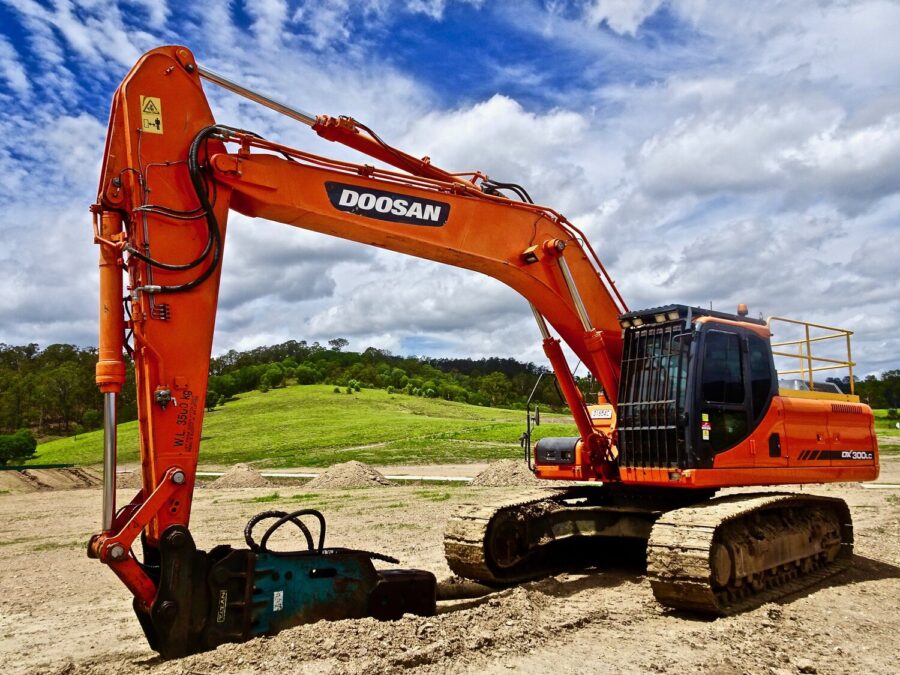
Beyond movement and idling, attachment usage plays a role as well. Operators should always ensure that attachments are rated for the machine’s size and are being used as intended. Misusing tools like hydraulic breakers or augers can cause damage not only to the attachments themselves but to the host machine’s hydraulic system.
But perhaps the most important long-term factor is awareness. Operators who are trained to recognize early signs of mechanical issues can help prevent small problems from becoming catastrophic. Encouraging a culture of communication—where unusual behavior or noises are reported right away—creates a feedback loop between the operator, maintenance team, and management.
Ultimately, preventive maintenance is a mindset. It’s about seeing maintenance not as an interruption, but as an investment in uptime, performance, and safety. A well-maintained machine doesn’t just last longer—it works more efficiently, performs better on the job, and reflects professionalism on every site it touches.
Operator Behavior and Best Practices
While technical maintenance is essential, it’s the human element—how the machine is actually operated day-to-day—that often determines whether an excavator lasts ten thousand hours or fails halfway there. Operator behavior plays a critical role in reducing stress on machine systems, improving fuel efficiency, and preventing unnecessary wear.
Understanding the Machine’s Limits
Every excavator is engineered for a specific range of motion, load capacity, and hydraulic force. Pushing these limits too often—overloading the bucket, working at maximum reach with heavy materials, or using attachments not designed for the machine—puts stress on structural components and shortens their lifespan. A good operator understands the machine’s capabilities and avoids working near maximum thresholds unless absolutely necessary.
Smooth and Controlled Operation
Harsh movements, such as sudden swings, fast drops, or quick changes in direction, may increase productivity in the moment but generate high impact loads on the boom, arm, slewing ring, and undercarriage. Controlled, fluid motions reduce shock loads and help keep the hydraulic system balanced and stable. This is especially important during trenching, grading, or lifting operations.
Proper Use of Attachments
Attachments must be matched to the excavator’s size and hydraulic capacity. Using a hydraulic breaker that draws too much flow, or an auger that exceeds the weight limit, can overload the hydraulic pump, cause overheating, or lead to premature failure of valves and lines. Operators should follow manufacturer guidelines and switch out attachments as needed based on the task at hand—not just out of convenience.
Minimizing Idle Time
Idling not only wastes fuel but also accelerates engine hours and leads to internal wear. An idling engine still generates heat, pressure, and emissions—all without productive output. Modern excavators are equipped with automatic idle and shutdown features; operators should use these tools to reduce unnecessary runtime and lower maintenance costs.
Starting and Shutting Down Correctly
Proper warm-up and cool-down procedures help maintain engine and hydraulic system health. At startup, the machine should idle briefly to allow oil to circulate. Likewise, after extended operation—especially with heavy hydraulic use—the engine should be allowed to idle for a few minutes before shutdown. Skipping these steps can lead to oil starvation, thermal shock, and long-term damage.
Communication and Reporting
An alert operator is the first line of defense against breakdowns. Early detection of unusual noise, smell, vibration, or performance issues can prevent major failures. Operators should be encouraged to communicate openly with the maintenance team, noting any irregularities at the end of each shift. In some cases, a minor complaint—like sluggish controls or uneven swing—can reveal critical issues such as low hydraulic pressure or structural fatigue.
Why Operator Training Matters
Training is not a one-time event—it’s an ongoing investment. A trained operator is not only more productive but also more careful with equipment. Regular refresher courses, hands-on guidance, and updated knowledge on new technology or attachments all contribute to better performance and longer equipment life. Companies that invest in operator education often see a direct return through reduced downtime, fewer repair costs, and safer job sites.


